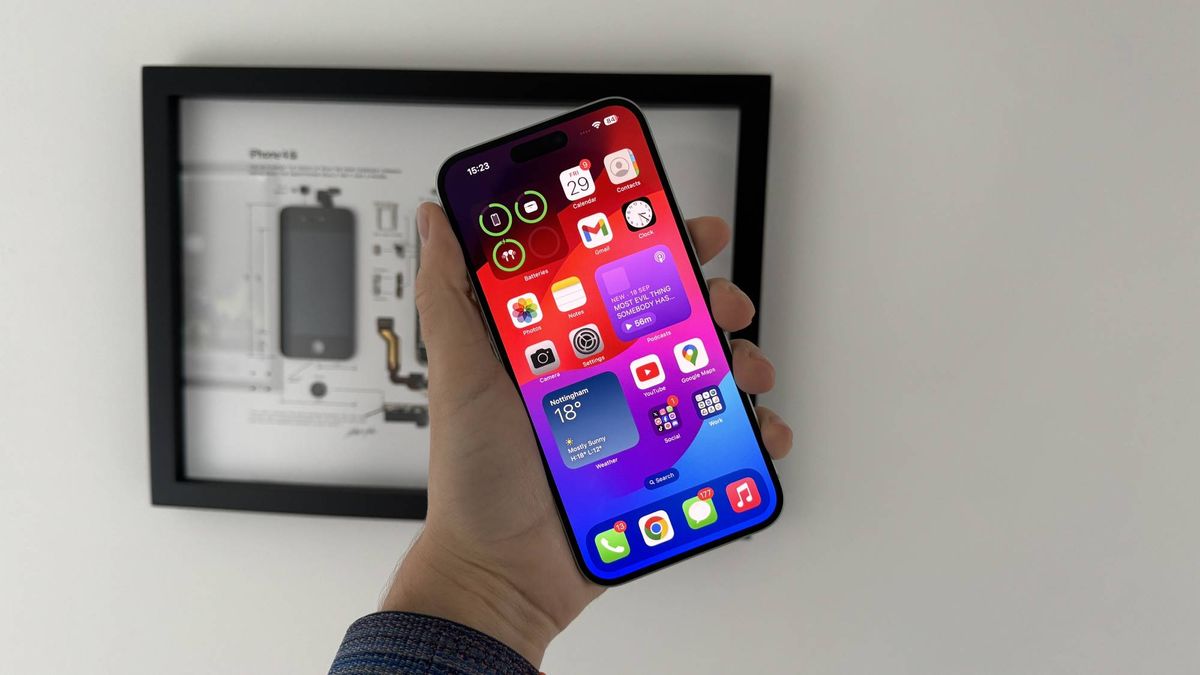

PHOTO:
Nathan Dumlao
Product-market fit (PMF) is the outcome of an excellent go-to-market strategy. For most businesses, understanding PMF is essential to building what your customers want and creating a company with staying power.
If you’re a marketer, you are responsible for the go-to-market strategy. If you’re a business owner, your primary responsibility is go-to-market. And if you’re a startup pitching for funding, you will most certainly be asked “what’s your go-to-market strategy?” What they really want to know is whether or not you have achieved, or are on your way to achieve, PMF.
Dan Olsen, the author of “The Lean Product Playbook,” defines this as the outcome of creating significant customer value. In other words, “your product meets real customer needs and does so in a way that is better than the alternatives,” Olsen explains.
Conversely, if this fit has not yet been achieved, it might feel like you’re pushing sand uphill. There’s no momentum, customers aren’t talking about it, and buyers aren’t excited about it.
The term product-market fit originated with Andy Rachleff, president and CEO of Wealthfront, a lecturer at Stanford Business School, and the co-founder of Benchmark Capital, who said: “The #1 company-killer is lack of market. When a great team meets a lousy market, the market wins. When a lousy team meets a great market, the market wins. When a great team meets a great market, something special happens.”
3 Questions to Clarify Your Go-to-Market Strategy
1. What’s it for?
Markets (who are made of people) don’t care about your products as much as they care about the problem it will solve for them. What is the outcome you are promising? What needs are you meeting? What is at risk if they don’t solve this problem and how much might it cost them to do nothing about it?
A common mistake is to talk about features and product benefits rather than outcomes for your target customers. All purchases are emotional ones. As buyers, we think about how a product or service will make us feel first and foremost.
Related Article: How to Ensure Your Product Roadmap Embraces Facts, Not Fallacy
2. Who’s it for?
Who will this benefit, specifically? Seth Godin, author of “This is Marketing,” creates a compelling case for appealing to “the smallest viable market.” These are the people who have the exact problem you’re trying to solve. Win there first. Listen to feedback and continue to make it better.
Many startups make the mistake of tackling huge markets or big accounts akin to being a tiny fish in a large pond. Instead, aim to be a big fish in a small pond by targeting niche audiences. To Godin, “Mass means average.” If you appeal to everyone, you appeal to no one.
3. Why you?
Who is your competition, and what makes you different? What do you offer that the others don’t?
Think of direct competition — companies offering something very similar to your offering. Think of the alternatives — those offering a different solution to a similar problem. The most underestimated type of competition is the status quo: this is when the problem you solve isn’t big enough or causing enough pain for people to seek your solution.
Conducting a competitive analysis has never been easier with an online search. Knowing where you “fit” and where you can win is critical for positioning yourself and finding your smallest viable market.
Related Article: Where Does Competitive Response Fit in Your Marketing Strategy?
Failure Leads to Iteration, Which Leads to Fit
In a recent blog post, Godin explains that “it’s possible but unlikely that the first product or service you develop will be exactly what potential customers were already hoping for.” Iteration with a small audience is critical. “Failure is a way of discovering one more thing that customers didn’t want, and perhaps, learning a bit about what they might want.”
When thinking of the most successful businesses globally, it is often those that have found a way to solve a unique problem, or conversely, solve a problem in a unique way.
Being clear on what it’s for and who it’s for is the hard work of building an enduring company. Many start-ups fail because they waste money on solutions or products that no one wants to buy, but they keep at it, hoping for different results. As Rachleff says, “If you address a market that really wants your product — if the dogs are eating the dog food — then you can screw up almost everything in the company and you will succeed.”
Isabelle is founder and CEO of Differly Inc., and has dedicated her career to helping leaders rethink their business to become more competitive in a digital economy. She is also an advisor to startups via several incubators in Canada providing go-to-market expertise.






